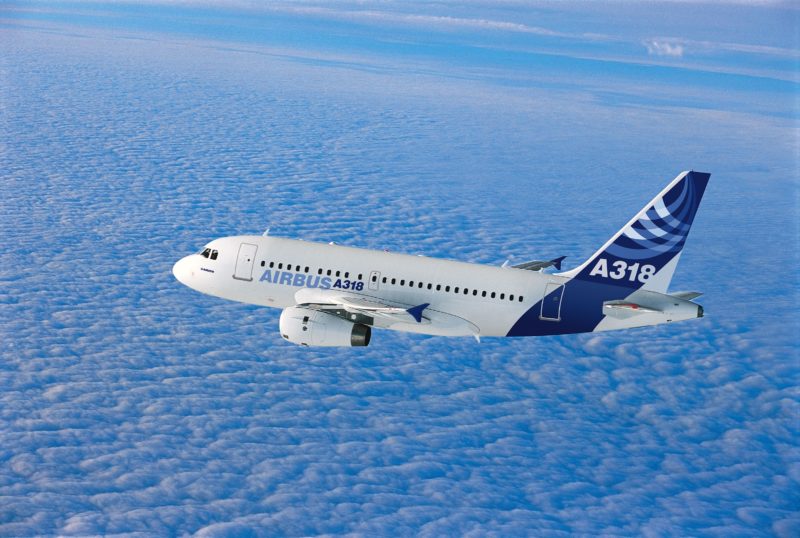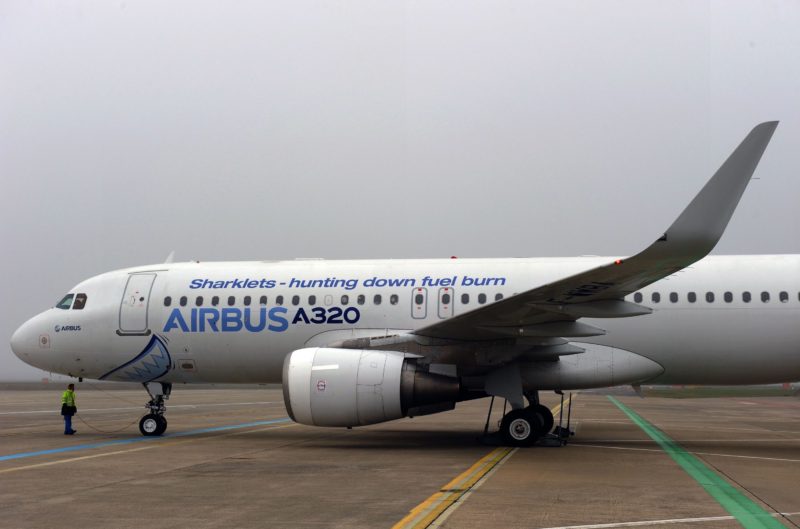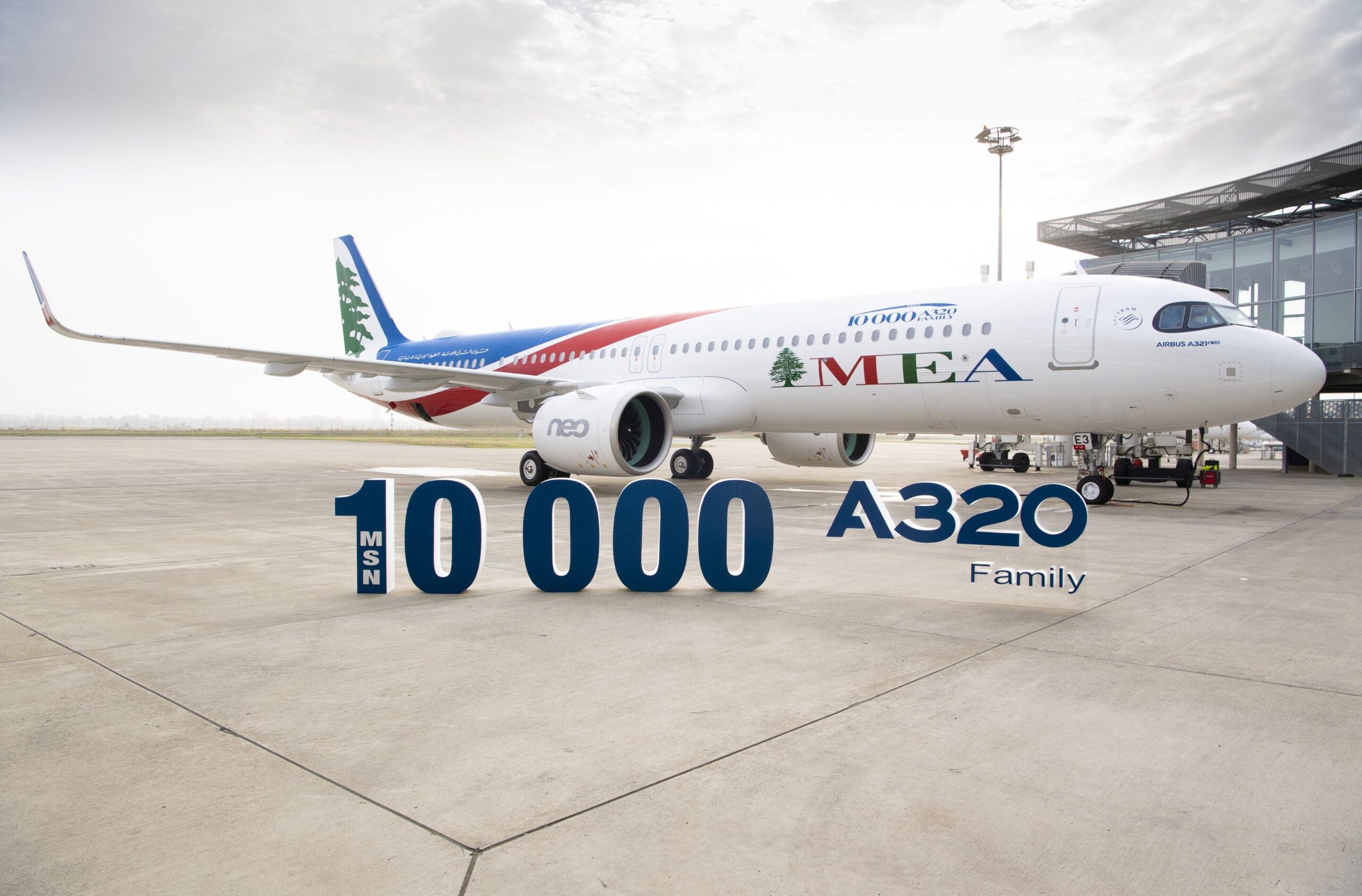Just eight years since delivering the 5000th A320 family aircraft, Airbus handed over MSN 10,000 during a handover ceremony in Toulouse, France.
Standing proud in front of the delivery stage, the A321neo, destined for Middle East Airlines, showed off its sleek livery and ‘10,000th Airbus A320 Family’ decal.
The aircraft, registered T7-ME3, was caught flying home to Beirut ahead of Airbus’ press release by Flightradar24. Upon arrival, the aircraft will join Middle East Airlines’ all-Airbus fleet.
Speaking at the delivery ceremony was Mohamad El-Hout, Chairman and Director General of MEA, who acknowledged Airbus’ significant milestone.
“We are honoured to receive the state of the art A321neo with its distinctive serial number 10,000, coinciding with the 75th anniversary of Middle East Airlines and especially after receiving MSN5,000 back in 2012.”
Mohamad El-Hout, Chairman and Director General of MEA.
Although COVID-19 has prevented Middle East Airlines from celebrating this occasion properly, El-Hout hopes his nation, and airline, can overcome the global pandemic and the tragic disaster that caused great damage to Beirut in August.
Just like their three other A321neos, this aircraft is powered by two Pratt and Whitney PW1100G-JM Geared Turbofan engines.
On the inside Middle East Airlines has opted for a two-class layout, with 28 seats in Business and 132 seats in Economy Class. Passengers can enjoy plenty of content, with the latest generation in-flight entertainment system and high-speed internet connectivity.
Decades of Success
First launched in 1984, the A320 is Airbus’ most successful aircraft; it was designed to compete with products from Boeing and Douglas at the time.
Over the decades, the aircraft has seen various refinements, shrinks and extensions; with notable flavours of the A320 being the A319, A321 and comically small A318.

Airbus originally offered the aircraft with just CFM56 engines, however later developments saw the addition of the IAE V2500 and A318-exclusive Pratt and Whitney PW6000.
What made the A320 stand out so vividly at the time was its highly-advanced digital flight systems, including fly-by-wire and enhanced safety features. The result of these developments was reduced pilot workload and the foundation for commonality across all future Airbus types.
Pushing into the 2000s Airbus continued to tweak the aircraft, with a major addition being sharklets in 2009. Air Asia was the first to implement this 200kg modification in 2012 and benefited from a 450kg payload increase, or 100 nautical mile range increase.

Today Airbus manufactures their New Engine Option of A320 family aircraft, which we know as the A319neo, A320neo, A321neo and all accompanying subtypes.
For Airbus, the A320 family is the definition of a highly active, efficient and powerful industrial ecosystem. Airbus manufactures the aircraft all around the world, allowing customers to be a part of the build process politically and culturally.
Reaching 10,000 aircraft since their first delivery in 1988 has highlighted the need for a small and capable aircraft; an aircraft that can maintain the global travel accessibility that we are all used to.
As work continues on the A320 family, its capabilities will further evolve to suit the demands of the world’s airlines and their passengers.


